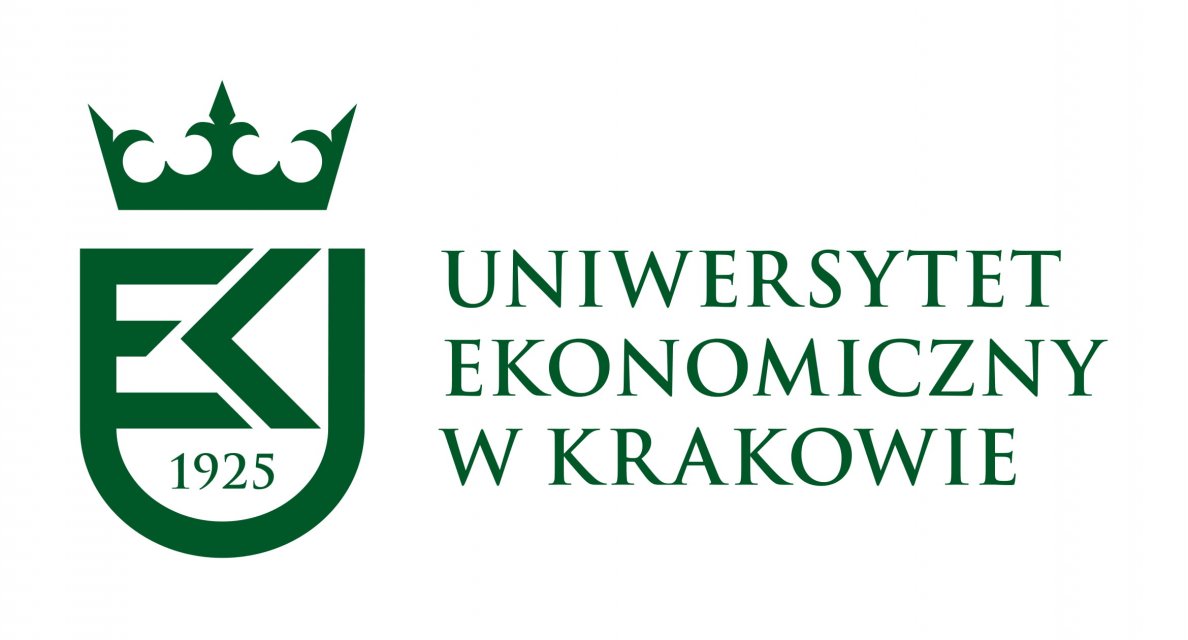• Maximum interchange fee for consumers:
- Payment service providers (PSP) shall not offer or request a per transaction interchange fee of more than 0,2 % of the value of the transaction for any debit card transaction. Member states may define a lower per transaction interchange fee cap for domestic debit card transactions and may impose a fixed maximum fee amount as a limit on the fee amount resulting from the applicable percentage rate, OR allow PSP to apply a per transaction interchange fee of no more than EUR 0,05 (Article 3);
- PSP shall not offer or request a per transaction interchange fee of more than 0,3 % of the value of the transaction for any credit card transaction. Member states may define a lower per transaction interchange fee cap for domestic credit card transactions (Article 4).
- Prohibition of circumvention - any agreed remuneration, including net compensation, with an equivalent object or effect of the interchange fee, received by an issuer from the payment card scheme, acquirer or any other intermediary in relation to payment transactions or related activities is treated as part of the interchange fee (Article 5).
• Licensing (article 6) :
- Any territorial restrictions within the EU (in national law and in contracts) for issuing payment cards or acquiring card-based payment transactions are prohibited. Any requirement or obligation to obtain a country specific licence or authorisation to operate on a cross-border basis for issuing payment cards or acquiring card-based payment transactions are prohibited as well.
• Separation of payment card scheme and processing entities (article 7) :
- Payment card schemes and processing entities shall:
- be independent in terms of accounting, organisation and decision-making processes;
- not present prices for payment card scheme and processing activities in a bundled manner and shall not crosssubsidise;
- not discriminate in any way between their subsidiaries or shareholders and users of payment card schemes and other contractual partners.
- Any territorial discrimination in processing rules operated by payment card schemes is prohibited.
• Co-badging and choice of payment brand or payment application (article 8)
• Separation of payment card scheme and processing entities (article 9)
• Honour All Cards’ rule (article 10)
• Steering rules (article 11)
• Information to the payee on individual card-based payment transactions (article 12)


 Play Audio
Play Audio 














